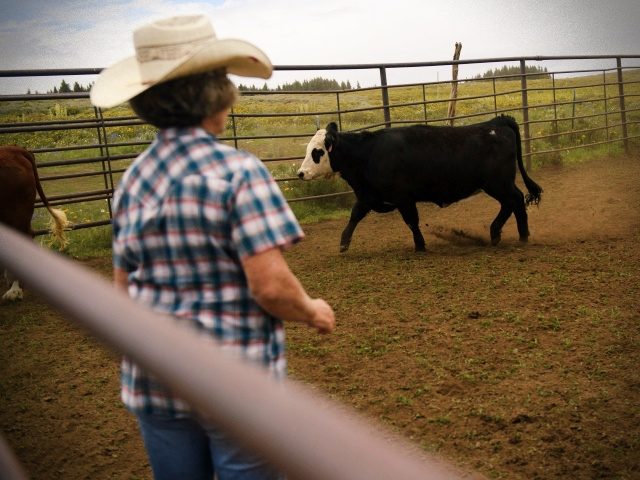The beef cattle inventory in the United States is at its lowest point since 1962, according to data from the U.S. Department of Agriculture (USDA).
The USDA’s biannual cattle report showed that, as of Jan. 1, 2023, there is a 89.3 million head inventory — which is three percent lower than the total from a year ago and the lowest since 2015. Of that number, 38.3 million cows and heifers have calved.
Additionally, there are 28.9 million beef cows, which are those explicitly bred for slaughter and meat sales, as of the start of this year — which is down nearly four percent from last year and the lowest the agency has recorded since 1962.
According to Beef Magazine, some challenges and reasons for the decline in beef cows appear to be the input prices and the drought last year. The magazine’s Ryan McGeeney wrote:
For many producers throughout the country, 2022 had offered a perfect storm of economic and weather-related challenges: input costs such as diesel and fertilizer doubling or even tripling, and a hot, dry summer that only increased reliance on groundwater in the absence of rainfall. For cattle producers in particular, drought conditions offered no replenishment of dwindling forage supplies, leaving many producers to cull deeper into their herds than they might have otherwise preferred. Elevated beef cull prices contributed to an 11% increase in beef cow slaughter, according to USDA.
University of Kentucky’s Kenny Burdine and James Mitchell, extension livestock economist for the University of Arkansas System Division of Agriculture, recently explained that “There was no question that the beef cow herd had gotten smaller” and that the cattle production’s downward trend does not seem like it will reverse in 2023.”
“There is a pretty substantial biological lag in the beef supply chain,” Mitchell noted. “What consumers experience at the grocery store is a product of what cattle producers were going through a year or two ago. It takes about two years for a new calf to become the steak on your dinner plate.”
Jacob Bliss is a reporter for Breitbart News. Write to him at jbliss@breitbart.com or follow him on Twitter @JacobMBliss.

COMMENTS
Please let us know if you're having issues with commenting.